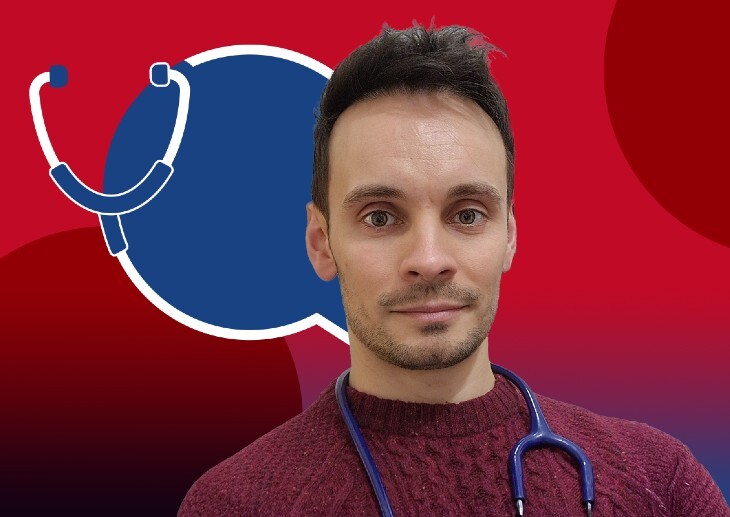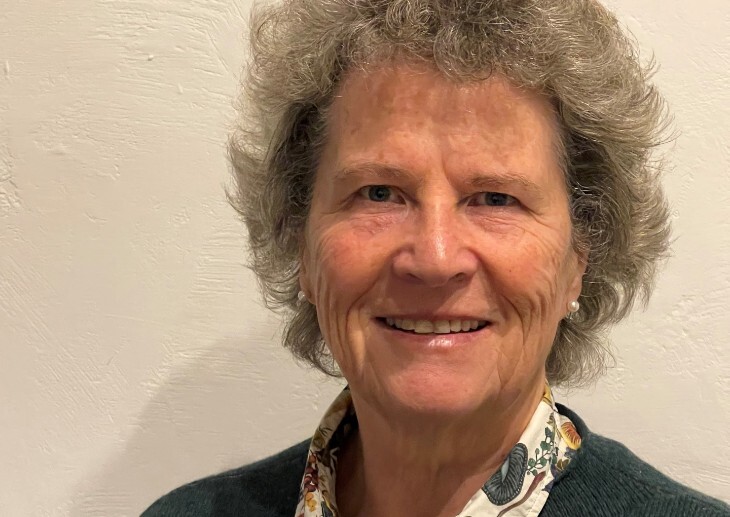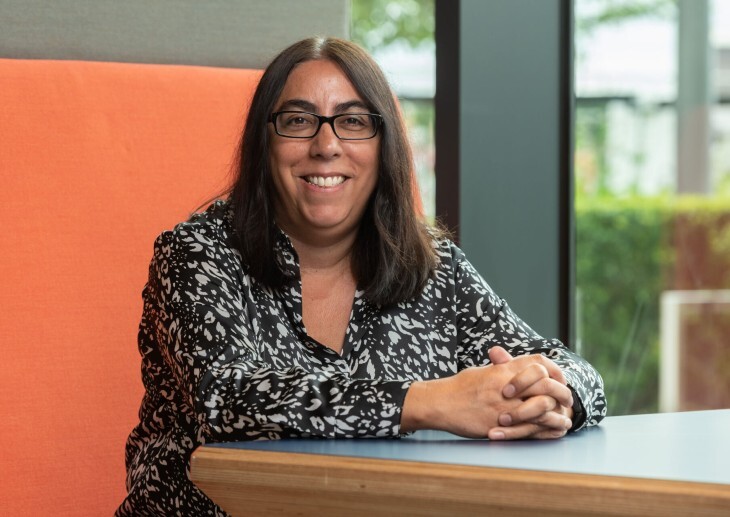In the first of his regular columns for Healthcare Leader, digital expert Dr Tom Micklewright explores the 10 year plan’s vision for the future and how the NHS might make the shift from analogue to digital
The NHS 10-Year Plan is bold. It’s ambitious. And it’s digital through and through. For those of us who’ve long championed the role of technology in transforming care, especially patients who so often suffer at the hands of fragmented IT and an opaque healthcare system, it’s a welcome shift. But for healthcare leaders across the UK, it’s also a call to arms. Because while the vision is compelling, the path to realising it is paved with complexity, ambiguity, and the need for decisive leadership.
At the heart of the plan lies the concept of the Neighbourhood Health Centre (NHC). These will be digitally enabled, community-based hub operating 12 hours a day, six days a week. It’s a model that promises to reduce costs, drive data-informed prevention, and move more care into the community than ever before. But it’s also a model that demands a radical rethink of how we work.
GPs are expected to lead neighbourhood teams across larger geographies, supported by new contracts and an expanded role for community pharmacies and nurse consultants. Yet the workforce challenge here is stark. How do we ask GPs to lead new providers while maintaining their current clinical commitments? Where do community trusts, acute trusts, and diagnostic centres fit into this new ecosystem? And critically, what digital infrastructure is needed to make this work?
In Cheshire and Merseyside, we’ve seen platforms like Paco Blinx evolve to meet this challenge — enabling shared appointment booking, cross-organisational workflow management, and population health management that sits across a neighbourhood footprint. These are the kinds of tools that will be transformative but they must be matched by a coherent strategy for digital integration.
No one working in healthcare in 2025 will need reminding that we still have hospital IT that won’t talk with GP IT, electronic health records (EHRs) that become glacial each time new technology is integrated, and large partners, such as social care, community pharmacy and dentistry who remain isolated from shared care record systems. Fragmented care is poor care, and without digital continuity, we risk undermining the very goals this plan sets out to achieve.
The plan’s commitment to patient empowerment is perhaps its most radical shift and, in my view, its most overdue. By 2027, 95% of people with complex needs will have a care plan. Personal health budgets will double. Wearables will become standard. Approved health apps will be easily accessible. And patients will have access to a single, secure record and personalised health coaching.
This isn’t just a digital upgrade. It’s a paradigm shift. Research from the Health Foundation shows that patients who understand their condition and feel confident to self-manage have significantly fewer A&E attendances, emergency admissions, and GP appointments. As a GP, the challenge has always been how to empower patients in a system where contact time is limited. Among the 10 minute consultations, the four hour targets and the QoF alerts, how do we find the time to educate patients about their health and give them the tools to improve and manage their health over the next year? Five years? 10 years? Digital health is the answer.
The NHS App is set to become a virtual assistant in every patient’s pocket. From My GP for advice and signposting, to My Health for personalised data insights (including from wearables), and My Companion to help navigate the health service; the app will be the gateway to a new kind of care. But this raises critical questions for procurement and product teams. Will NHSE build this functionality in-house? Or will frameworks allow system partners to integrate with the app, as we’ve seen with Patient Empowerment Portals? The answer will shape the pace of change, the innovation landscape, and the autonomy of providers to choose their technology partners. It’s a bottleneck we must resolve quickly.
The plan also embraces genomics and pharmacogenomics with impressive ambition. Universal newborn testing, molecular profiling for cancer patients, and personalised risk assessments integrated into the NHS App are all on the table. Genomics England faces the monumental task of building a unified national record, connecting it to EHRs, and embedding decision support tools that translate data into actionable insights for patients and clinical teams.
This is a long-term play; a prevention strategy that may not yield results for decades. But it’s the only way to shift from a disease service to a true health service. Still, we must be realistic. Research has shown that data and risk profiles alone won’t change patient health behaviour. It’s the wraparound services, such as health coaching, genetic counselling at NHCs, and, yes, digital health support, that will make the difference.
Financially, the plan doesn’t shy away from the hard truths. The introduction of multi-year budgets with a minimum of 3% reserved for one-time transformation investments is a game-changer. In my experience with Cheshire and Merseyside ICB, fiscal uncertainty has been one of the greatest barriers to tech adoption. Why invest today if the funding disappears tomorrow? This commitment provides the stability we need to move forward.
But for all its strengths, the plan leaves some critical gaps. The implementation plan is still to follow and is needed. The transformation of care pathways through AI is mentioned, but details are thin. A new procurement framework won’t be enough. We also need clarity on the workforce plan, the skills required, and how digital and data staff can support the new neighbourhood model. And while ICBs continue to cut back their functions, we need more detail about the future operating model, especially who will lead digital transformation at a regional level and ensure providers pull together to collaborate on a single digital vision.
So, what should healthcare leaders do now?
1. Strengthen neighbourhood partnerships
Start building relationships across primary care, community services, dentistry, optometry, and pharmacy. Identify shared priorities and map out digital systems and interoperability gaps. Be ready for ICB commissioning once the contract specs land.
2. Engage with the workforce
Identify digital skills gaps, not just in AI, but in clinical safety and transformation. Win hearts and minds by addressing concerns about automation and funding shifts. Work with frontline staff to pinpoint processes ripe for AI-based automation.
3. Prepare Patients for Change
This plan redefines the NHS-citizen relationship. Begin engaging patients now. Update provider websites, promote NHS App adoption, tackle digital exclusion, and embed patient-facing digital tools into every pathway redesign. Look at platforms that help patients navigate safe, approved digital health technologies and support staff to discuss these tools confidently.
The NHS 10-year plan may not have won everyone over but I believe it is a powerful statement of intent and a bold step forward. But intent alone won’t deliver transformation. It’s up to us, the leaders, the clinicians and the innovators, to turn this vision into reality. And we can start that process today.
Dr Micklewright works as a GP and a Clinical Lead with Cheshire and Merseyside ICB. He also works as Medical Director ORCHA Health, a private digital health company.






